1. Evacuation Day
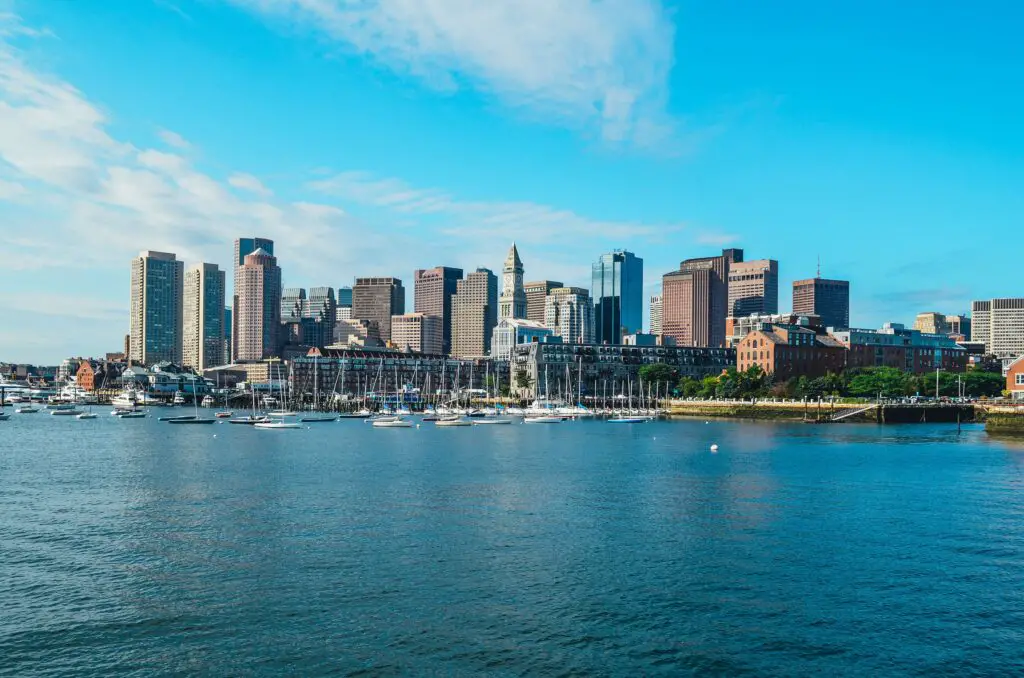
Before Saint Patrick’s Day took over March 17, Bostonians used to gather for something called Evacuation Day. It marked the day in 1776 when British troops finally left Boston during the Revolutionary War, giving colonists a big win and a reason to celebrate says WBUR.
For a long time, schoolkids in Boston even got the day off. Parades, speeches, and patriotic pride filled the city every year. It’s still technically recognized in Suffolk County, but the pageantry has mostly faded. These days, the green beer and shamrocks get all the attention. You might hear a mention of it on a local radio station if you’re lucky. But for most Americans, this one’s disappeared from view shares History Channel.
2. Flag Day
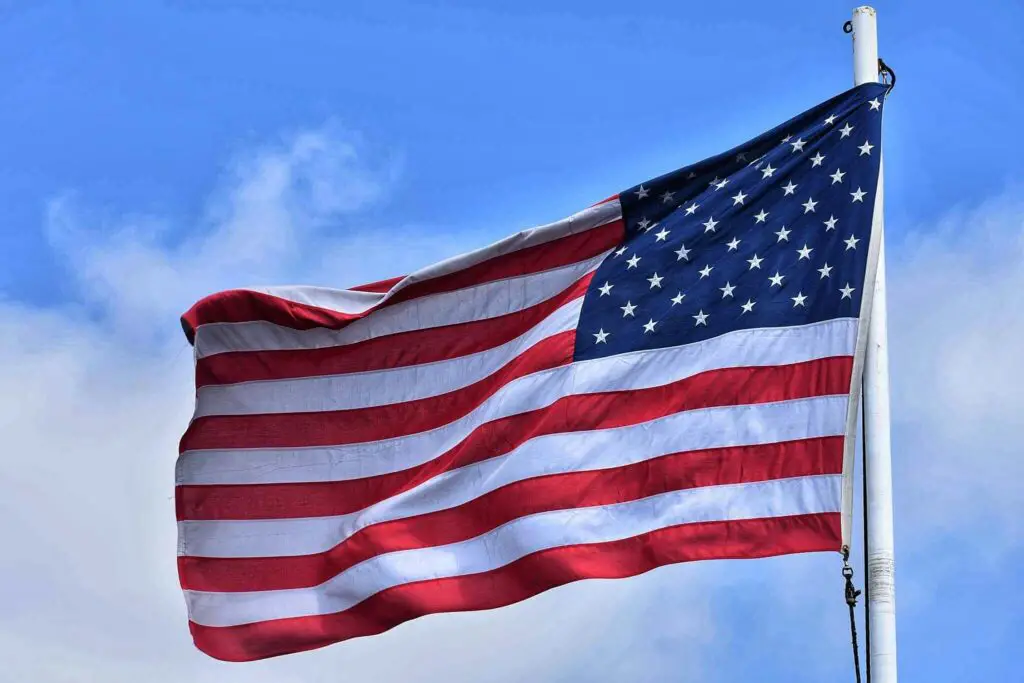
Flag Day used to be a bigger deal than it is now, with parades, speeches, and even fireworks in some towns. It falls on June 14, the day in 1777 when the U.S. adopted the Stars and Stripes as the national flag says Wikipedia.
President Woodrow Wilson officially proclaimed it in 1916, and for a while, people really celebrated it. Kids would sing patriotic songs at school, and neighborhoods would be covered in flags. While it’s still technically a national observance, it’s not a federal holiday, so most people don’t get the day off. Today it often gets overshadowed by Memorial Day and the Fourth of July. It’s a little like the middle child of patriotic holidays—still important, just a bit overlooked adds Veterans Affairs.
3. Arbor Day
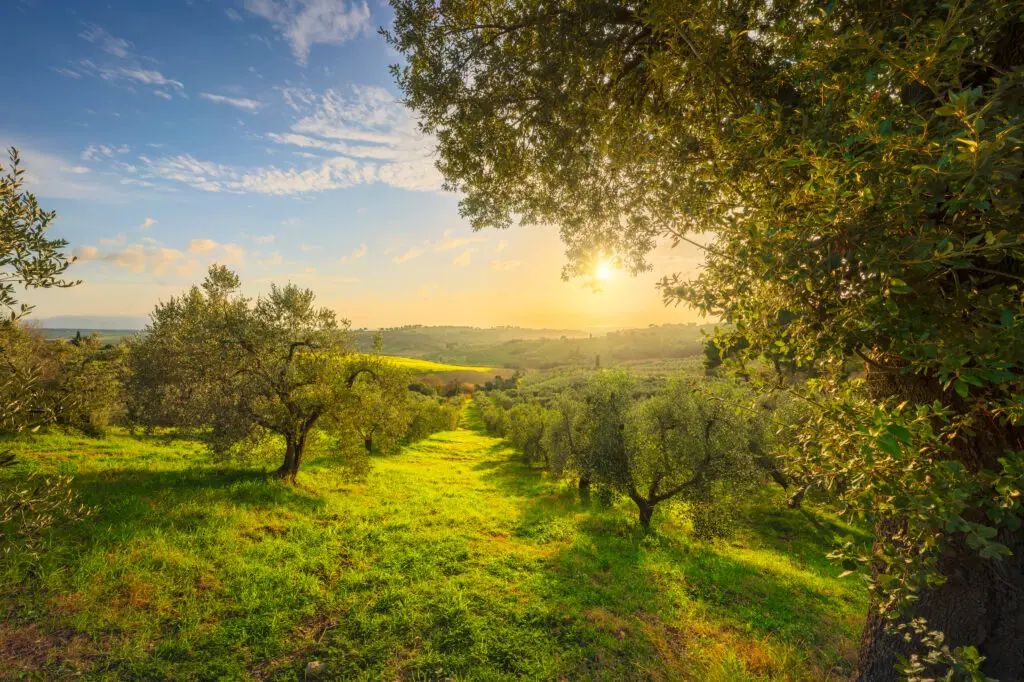
Arbor Day used to be a big moment for schoolchildren to get their hands dirty and plant trees. It was all about conservation and teaching kids to appreciate nature long before “going green” was a trend.
Started in Nebraska in the 1870s, it quickly spread across the country. Some states still observe it, but not all on the same day, which adds to the confusion. Once, it came with a sense of civic pride, like planting something that would outlive you. Today, Earth Day has largely taken its place as the big environmental moment. But those older Arbor Day ceremonies had a charming simplicity that’s easy to miss.
4. May Day
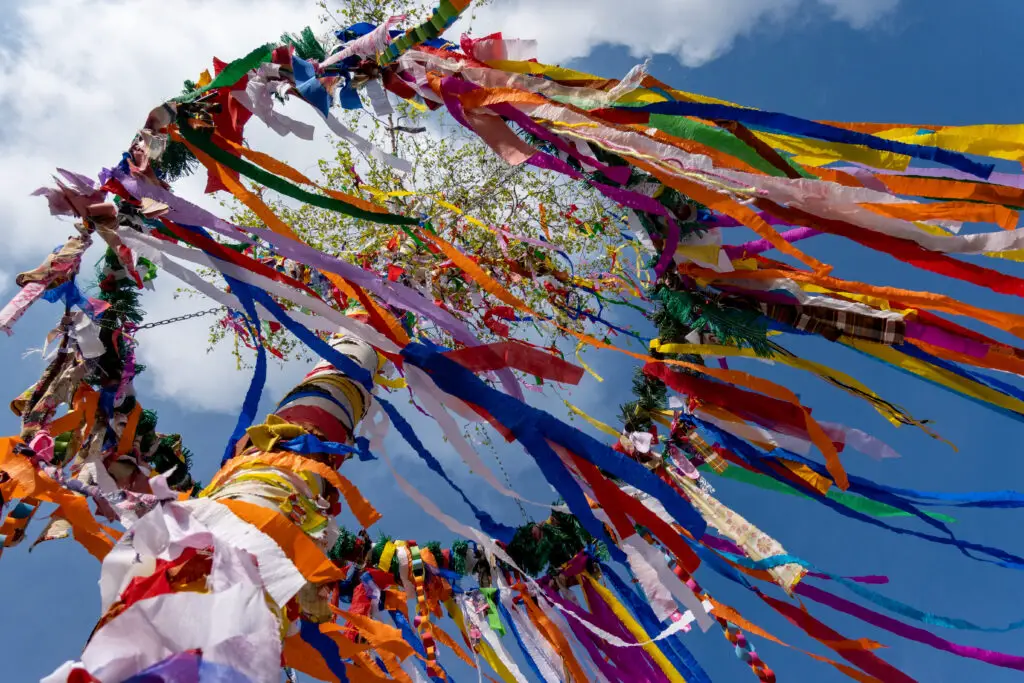
May Day used to be all about flowers, ribbons, and dancing around a maypole. In some American towns, kids would leave baskets of flowers on neighbors’ doorsteps or dress up for school plays centered around spring themes.
The tradition came from Europe and was meant to welcome spring. For a while, it was a big part of school activities in the early 1900s. But it also got tangled up with labor movements and politics, especially since May 1 is International Workers’ Day. That gave the holiday a bit of a split personality in the U.S. These days, you’d be hard-pressed to find a maypole anywhere.
5. Victory Over Japan Day
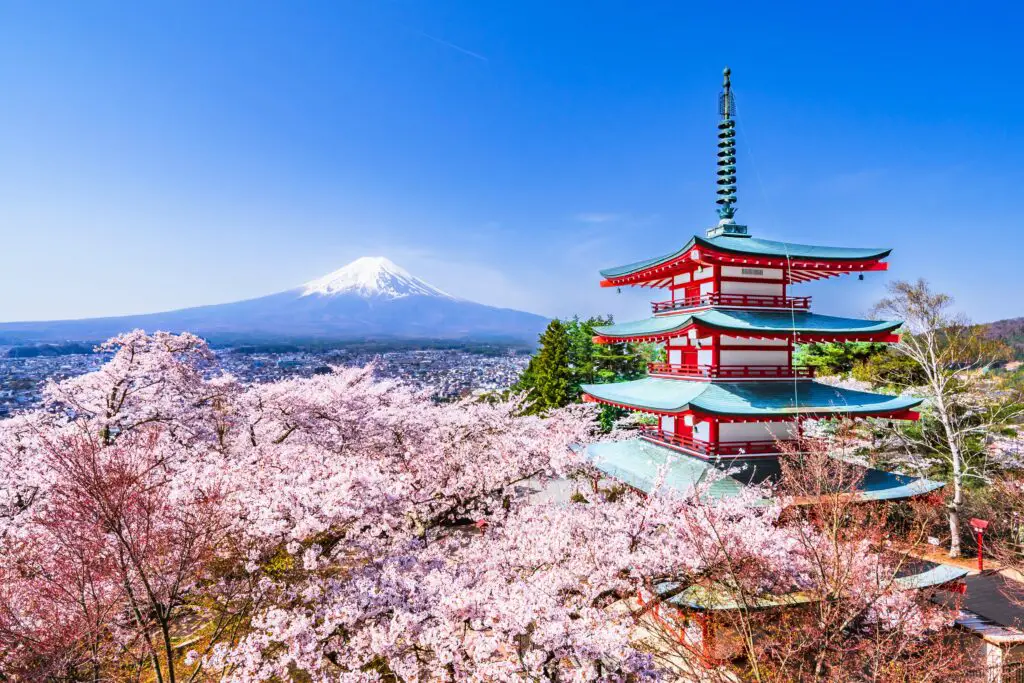
V-J Day marked the official end of World War II and was once celebrated with parades, parties, and lots of emotion. On August 14 or 15, depending on the time zone, Americans poured into the streets to mark the surrender of Japan in 1945.
There’s that iconic photo of a sailor kissing a nurse in Times Square—it all happened on V-J Day. For years, it was commemorated annually, especially by veterans. But as time passed and the generation that lived through the war aged, the celebrations faded. Now, it’s mostly remembered in history books and military circles. It used to be a huge deal, and it still carries emotional weight, but the broader observance has slipped away.
6. Columbia Day
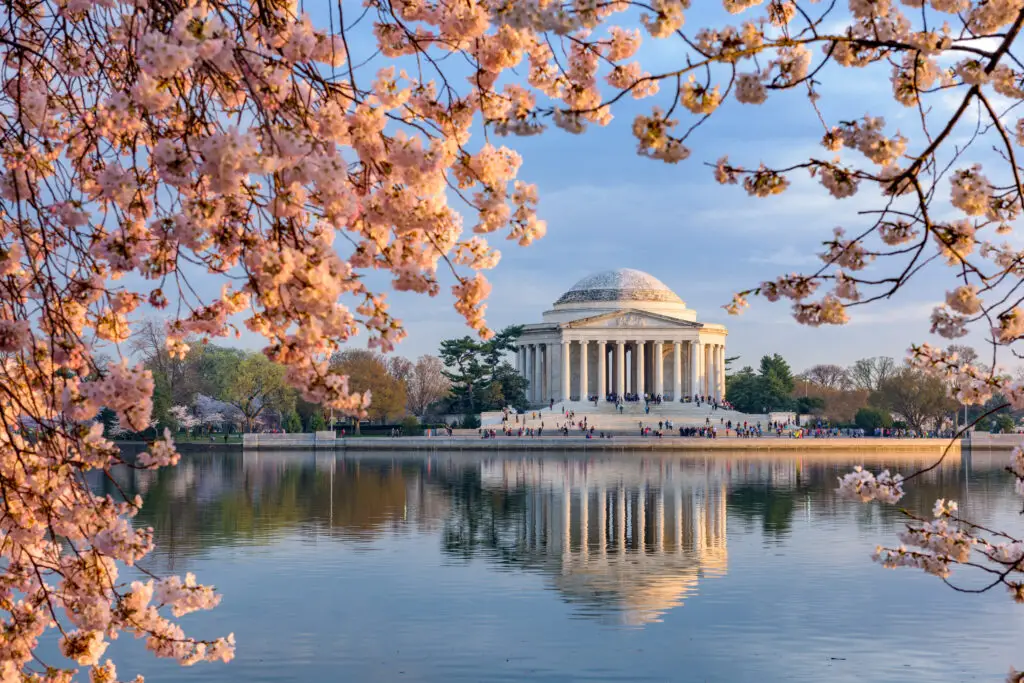
Before we had Indigenous Peoples’ Day or even Columbus Day, there was Columbia Day—a tribute to the female personification of the United States known as “Columbia.” She symbolized liberty, justice, and the spirit of America in poetry, song, and artwork.
Columbia was once a very familiar name. There’s Columbia University, the District of Columbia, and even Columbia Pictures, all named after her. Back in the 18th and 19th centuries, people celebrated her as a patriotic icon, especially during independence-related holidays. Over time, the more controversial Christopher Columbus took over the October holiday space. As her name faded from common use, so did the holiday dedicated to her. But she was once the face of the country’s national pride.
7. Continental Navy Day
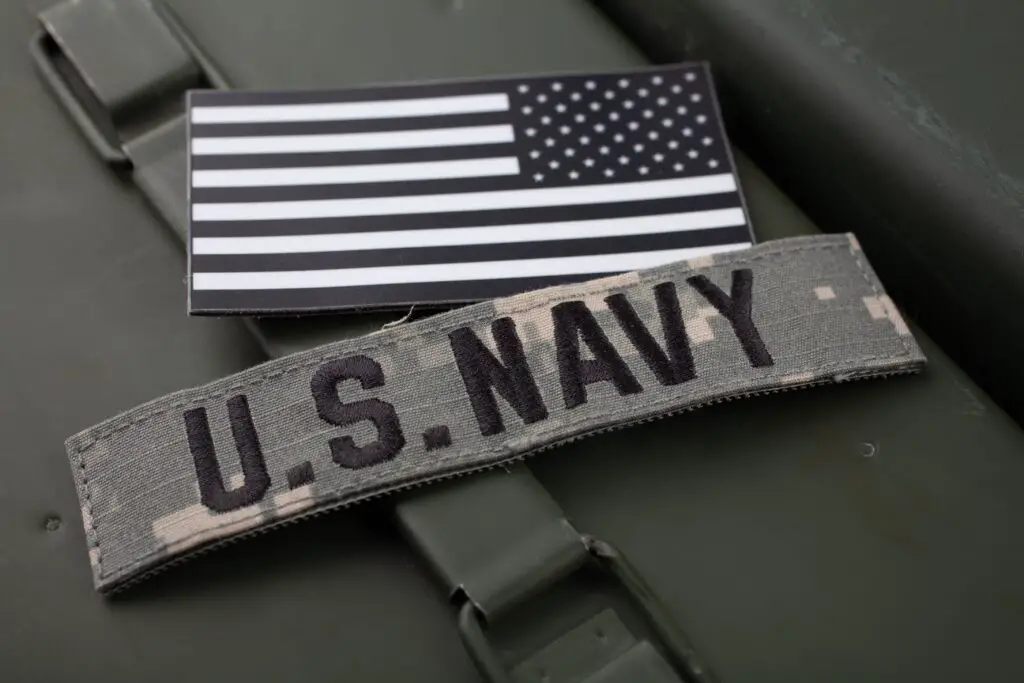
Before the U.S. Navy had its modern identity, there was the Continental Navy, formed during the Revolutionary War. Continental Navy Day on October 13 marked its founding and was observed in the early years of American independence.
While it doesn’t appear on calendars today, it was once a chance to remember early naval heroes like John Paul Jones. The holiday faded as the modern U.S. Navy grew in strength and traditions changed. Eventually, Navy Day was created on October 27 and then absorbed into Armed Forces Day. So this original version quietly vanished. But for a time, it gave Americans a reason to honor their maritime roots.
8. Americanization Day
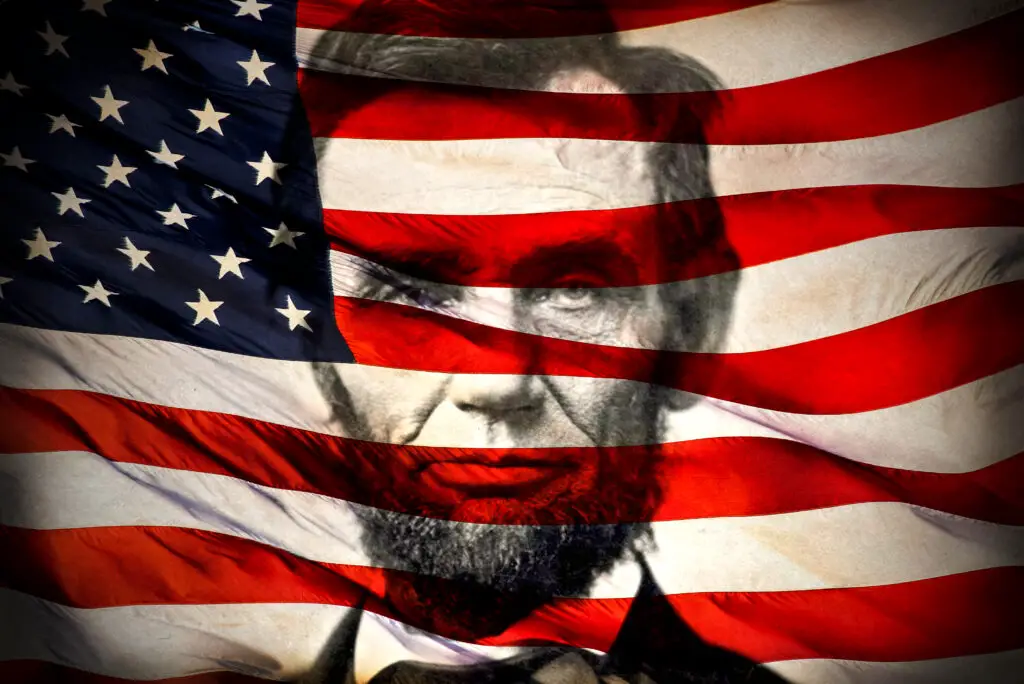
This one popped up in the early 20th century as a response to growing fears about immigration. It was designed to encourage immigrants to adopt American customs and values, sometimes through big patriotic events or school programs.
Held on the Fourth of July, it was both a celebration and a tool of assimilation. At its peak, people would gather in town squares to hear speeches about democracy and national pride. While the message was meant to be unifying, it often carried a pushy tone about shedding old-world traditions. Over time, as attitudes toward cultural identity evolved, the holiday became outdated. Today, it’s mostly a footnote in history classes.
9. Battle of New Orleans Day
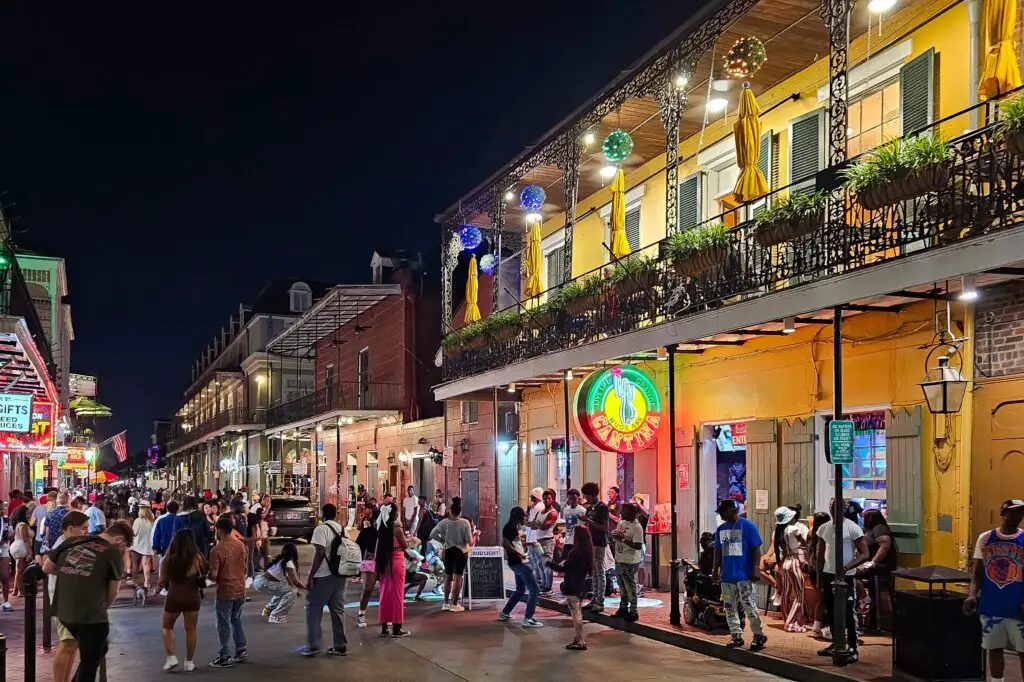
January 8 used to be a major celebration in honor of Andrew Jackson’s victory in the Battle of New Orleans during the War of 1812. For a while, this day was seen as a second Independence Day in some Southern states.
There were parades, speeches, and fireworks—especially in New Orleans, where the battle happened. The victory gave Americans a sense of pride and confidence, even though the war had technically ended a few weeks earlier. The day stayed popular throughout the 1800s but started to wane in the early 20th century. Now it’s mostly remembered by historians or Andrew Jackson enthusiasts. But at one point, it was a full-fledged national celebration.
10. Labor Sunday
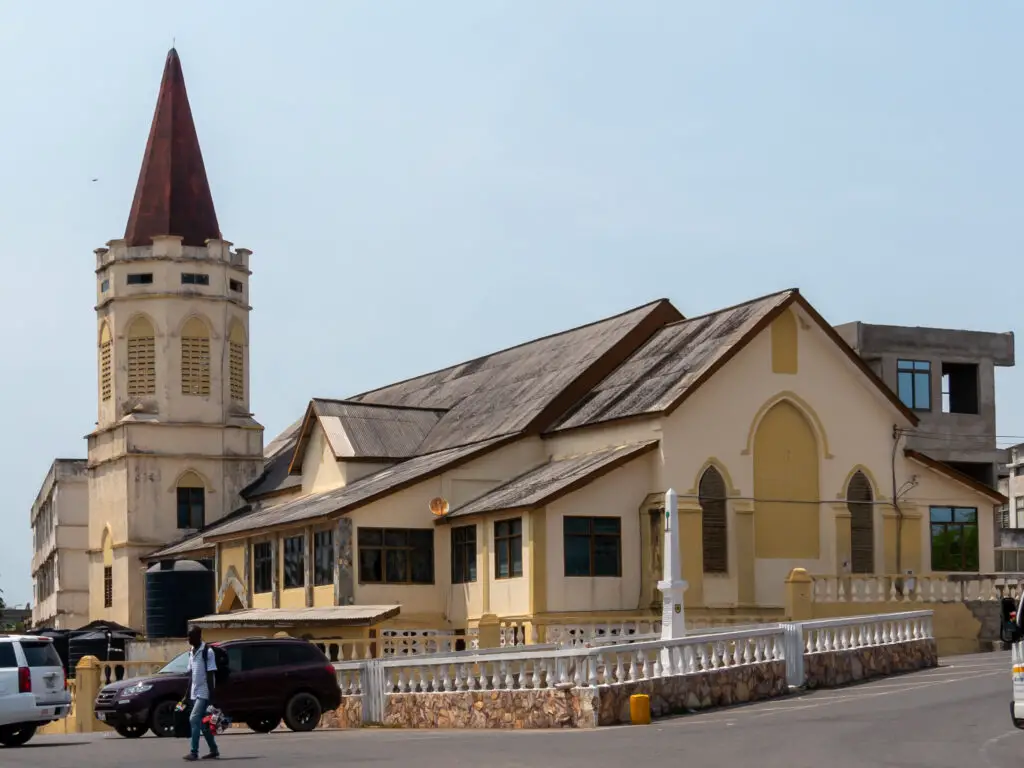
Before Labor Day got its barbecue-and-back-to-school makeover, Labor Sunday was part of the deal. It was meant as a more reflective, spiritual companion to the big Monday holiday, encouraging people to think about workers’ rights and social justice from a moral standpoint.
Churches would host sermons focused on labor fairness, and communities would hold thoughtful gatherings. It was added to the calendar in 1909 by the American Federation of Labor. But let’s be honest, most folks preferred the picnic over the preaching. Slowly, Labor Sunday was forgotten while Labor Day lived on. Still, its original purpose was to give the labor movement a moment for deeper reflection.
11. Temperance Sunday
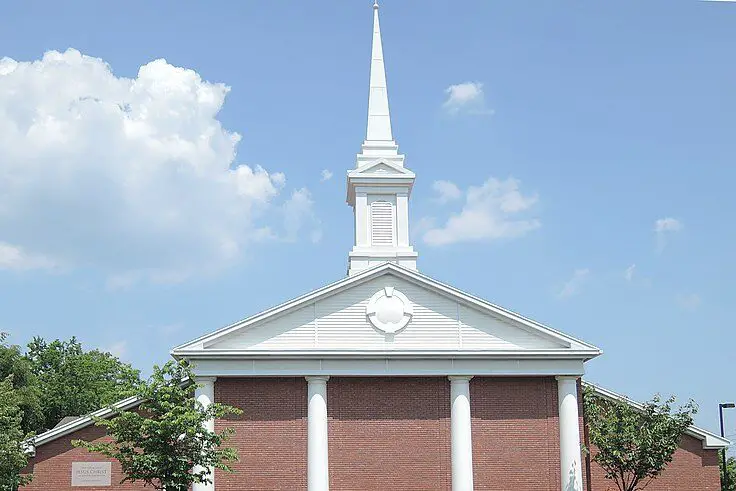
During the early 20th century, especially around Prohibition, Temperance Sunday was a church-led push to promote alcohol abstinence. It was often held in early February and included sermons, hymns, and moral lessons aimed at persuading people to stay dry.
It wasn’t exactly a party holiday, but it was taken seriously in its time. Churches were packed with congregants hearing about the dangers of alcohol. The holiday had the backing of big organizations like the Woman’s Christian Temperance Union. But once Prohibition ended, so did the momentum. These days, it feels like a relic from another era, but it once shaped national conversations.
12. Decoration Day
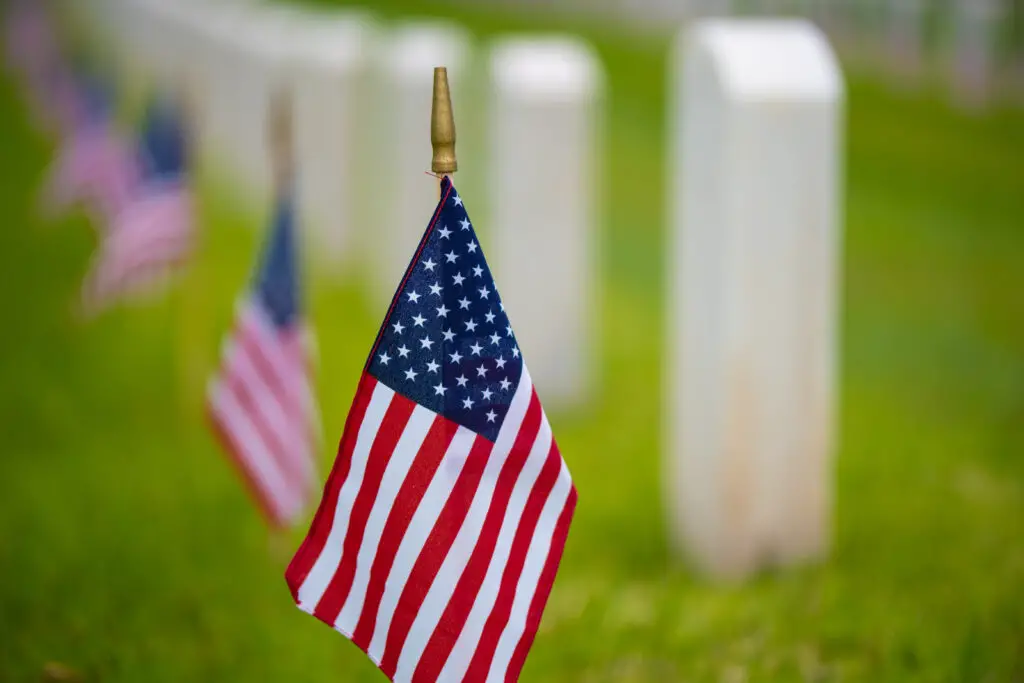
Before Memorial Day was officially recognized, there was Decoration Day. It started after the Civil War as a way for Americans to honor fallen soldiers by decorating their graves with flowers and flags.
The first large-scale observance was in 1868 at Arlington National Cemetery. Over time, it evolved into what we now know as Memorial Day, but the original name stuck around for decades. Some communities, especially in the South, still use the term in local observances. Decoration Day was deeply personal for families who had lost loved ones in war. Though the name has changed, the heart of it remains. Still, it’s interesting how that original title has all but disappeared.
